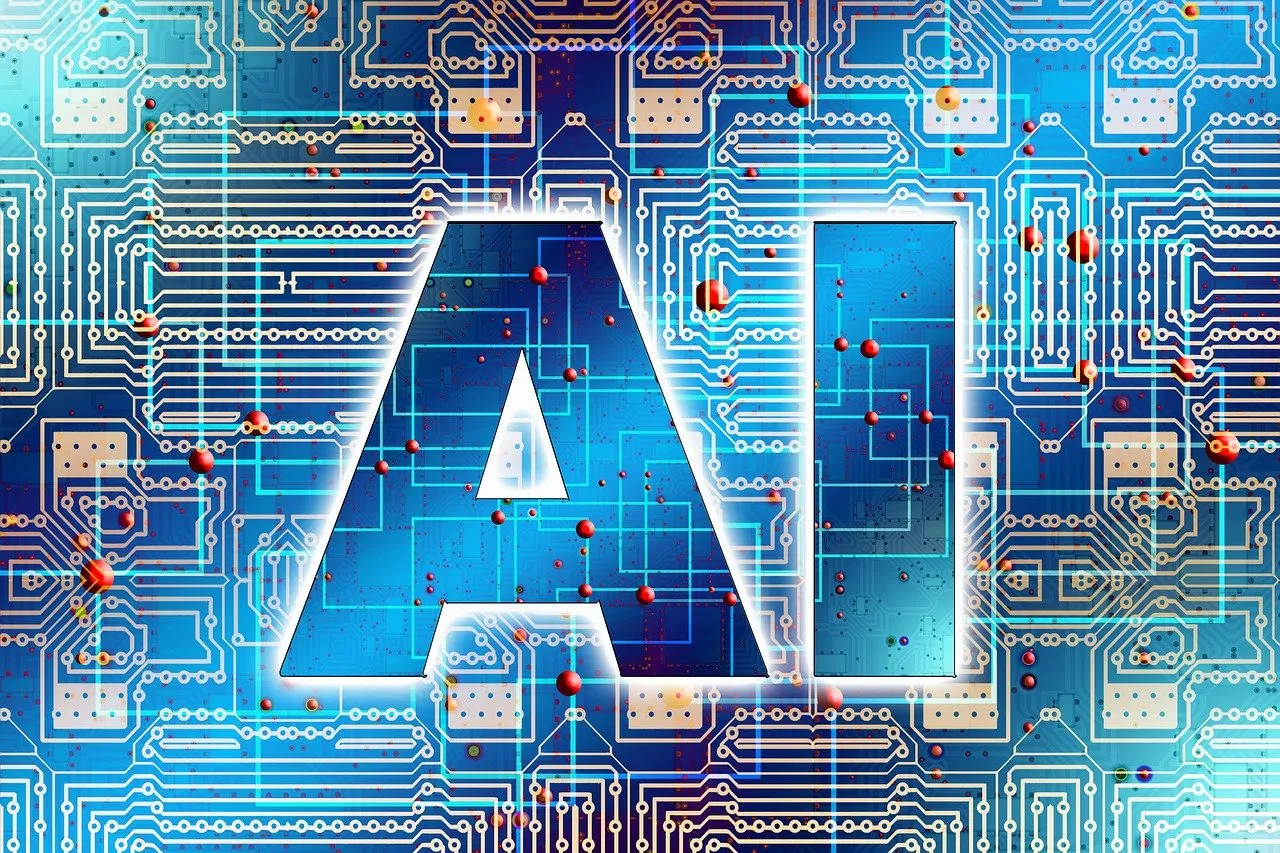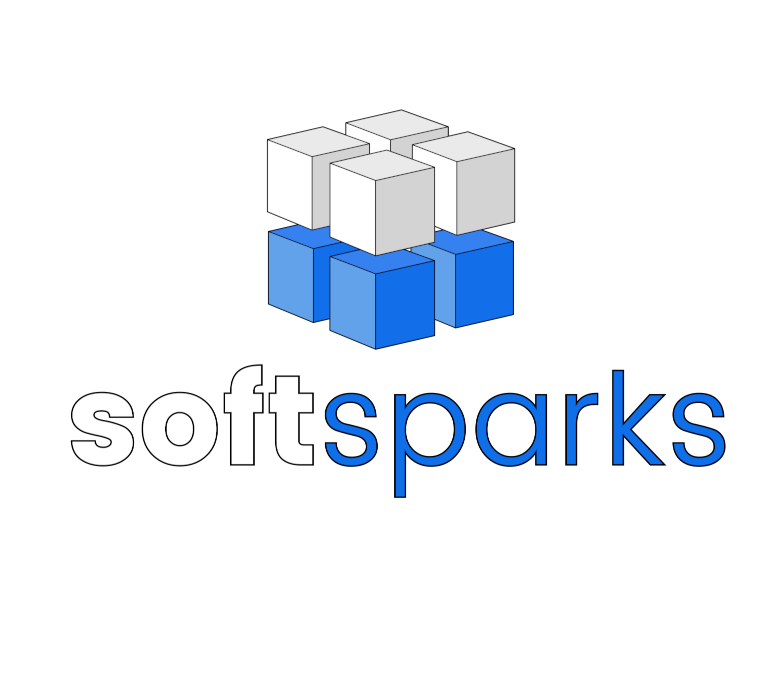
Are you wondering whether AI really helps with content creation or whether it's just hype? Are you worried that AI texts will come across as impersonal or contain errors? Many people are faced with precisely these questions: How can you use AI sensibly without losing your own voice? What advantages does AI really bring you and where should you be careful? In this article, you will find clear answers, practical tips and the most important facts to help you get off to a successful and confident start with AI tools.
What does content creation with AI mean?
AI tools at a glance
AI tools for the
Content creation are programs or platforms that use artificial intelligence to automatically create or edit text, images, audio or videos. The best-known tools include text generators such as ChatGPT, image generators such as Midjourney or DALL-E and video tools such as Synthesia. These tools mostly work online, are easy to use and can take over many tasks that used to take a lot of time. They range from free basic versions to professional solutions with extensive functions.
How AI generates texts, images and videos
AI-supported systems analyze huge amounts of data to create new content. For texts, this means that the AI recognizes patterns in existing texts and uses them to create new sentences that fit the desired topic. For images, new graphics are created from descriptions or keywords by the AI recognizing typical features and reassembling them. For videos, individual scenes, narrators and even animations are created automatically, often based on a script or a few specifications. The aim is always to deliver suitable content quickly and efficiently.
Differences between AI and human creativity
Although AI can create content very quickly and often convincingly, it always works on the basis of data and patterns that it already knows. Human creativity goes beyond this: it brings in personal experiences, emotions and new ideas that cannot simply be derived from data. So while AI is primarily strong for routine tasks or as support, the individual touch, gut feeling or creative spark still remains with humans. AI can inspire and take work off your hands, but it cannot replace your own handwriting.
Advantages of AI-supported content
Faster production of content
Many people know the problem: content often has to be finished quickly, but there's not enough time. With AI tools, you can create texts, images or videos in just a few minutes instead of spending hours on them. AI takes over many routine tasks, such as writing product descriptions, creating
Social media posts or the generation of headlines. This not only saves you time, but also ensures that you can publish more content in less time. This is a real advantage, especially if you regularly need a lot of posts.
Brainstorming and inspiration
Sometimes there is simply a lack of ideas. This is exactly where AI can help: It suggests topics, gives you new angles or helps you overcome writer's block. Many AI tools offer functions that allow you to enter keywords and receive suggestions for blog articles, social media posts or even entire campaigns. This makes it easier to keep delivering fresh content without running out of creativity. The AI works like an idea generator that is available around the clock.
Scaling content for different channels
If you need content for different platforms, it quickly becomes time-consuming: A blog article needs to look different from an Instagram post or a newsletter. AI tools help you to quickly adapt content for different channels. For example, you can automatically shorten a long text to turn it into a social media post or generate a summary for your newsletter. This ensures that your message is present everywhere without you having to create everything individually. This allows you to reach more people with less effort.
Challenges and limits
Check quality and authenticity
Many people worry whether AI-generated content is really high-quality and credible. The truth is: AI can create texts or images quickly, but often lacks a personal touch or a deeper understanding of the topic. Content often seems too general or repeats familiar patterns. You should therefore always check whether the content suits your style and really offers added value. Read the texts carefully, adapt them and add your own thoughts so that your content remains authentic and doesn't come across as mass-produced.
Risk of errors and misinformation
A major problem with AI is the risk of errors or even incorrect information. AI draws its knowledge from data that it has learned and can adopt outdated, inaccurate or misleading statements. This is particularly dangerous when it comes to sensitive topics or specialist areas. You should therefore always double-check all facts and not blindly trust the AI's suggestions. You should be particularly careful with figures, quotes or legal references so that your content does not mislead.
Legal aspects such as copyright and data protection
Many people wonder what the situation is with copyright and data protection when AI is involved. AI tools often access large amounts of data that are not always free of third-party rights. This means that content may be created that violates copyrights. You also need to be careful with personal data to ensure that no sensitive information is processed or published. Find out exactly what the terms of use of the AI tools are and adhere to the specifications to avoid legal problems. If in doubt, it is worth doing a quick check or asking experts.
Practical tips for getting started
Choosing the right tools
It always starts with the question: Which AI tool suits your goals? There are countless platforms - from simple text generators to complex all-in-one solutions. Think about what you really need: Is it blog texts, social media posts, images or videos? Take a look at test reports, try out free versions and pay attention to how intuitive they are to use. The data protection and terms of use should also be suitable. This will help you quickly find a tool that suits your workflow and doesn't overwhelm you with unnecessary functions.
Use AI as support, not as a replacement
Many people hope that AI will do all the work for them. But this rarely works out very well. Instead, think of AI as an aid that takes over routine tasks or supports you in finding ideas. For example, have raw texts, headings or outlines created, but still revise them yourself. This way, your content remains individual and you retain control over it. You will get the best results if you use the strengths of the AI, but still bring in your own perspective and experience.
Preserve your own signature
Especially when many people work with similar AI tools, there is a risk of uniformity. Therefore, make sure that your personal touch is not lost. Revise AI texts, add your own examples, opinions or experiences and adapt the style to your target group. Use the AI as a basis, but make it something that suits you. Your readers will quickly notice whether a text is authentic or simply sounds generic. With a little fine-tuning, your signature style will be retained - and that's exactly what makes your content special.
Conclusion
AI can make content creation easier for you
AI tools save you time and allow you to complete many tasks more quickly. Whether you need text, images or videos - AI delivers usable results in a short time. This relieves you of a lot of routine work and gives you more freedom for other things. This is a real relief, especially if you have to produce a lot of content on a regular basis. Nevertheless, you should always keep in mind that AI is just a tool. It makes your life easier, but the responsibility for the finished content remains with you.
AI does not replace your own ideas
Even if AI can do a lot, it cannot copy your creativity and your personal perspective. The best content is created when you combine the AI's suggestions with your own thoughts and experiences. This is the only way to make your content truly unique and stand out from the crowd. So don't rely completely on the technology, but see it as a support. Your ideas, your style and your expertise make the difference - no AI can do that.
Take advantage, stay critical and find your own way
Use the strengths of the AI, but always question whether the result suits you. Check the content, adapt it and make sure that it meets your requirements. Everyone has a different approach to AI - find out what works best for you. Maybe you only use AI for brainstorming or for rough drafts, maybe for more. The important thing is to find a way of using it that supports your work but doesn't dilute your signature style. That way you get the best out of both worlds.
 Are you wondering whether AI really helps with content creation or whether it's just hype? Are you worried that AI texts will come across as impersonal or contain errors? Many people are faced with precisely these questions: How can you use AI sensibly without losing your own voice? What advantages does AI really bring you and where should you be careful? In this article, you will find clear answers, practical tips and the most important facts to help you get off to a successful and confident start with AI tools.
Are you wondering whether AI really helps with content creation or whether it's just hype? Are you worried that AI texts will come across as impersonal or contain errors? Many people are faced with precisely these questions: How can you use AI sensibly without losing your own voice? What advantages does AI really bring you and where should you be careful? In this article, you will find clear answers, practical tips and the most important facts to help you get off to a successful and confident start with AI tools.
Pingback: Automating content creation with AI and no-code tools
Pingback: Scalable automation: increasing efficiency through technology